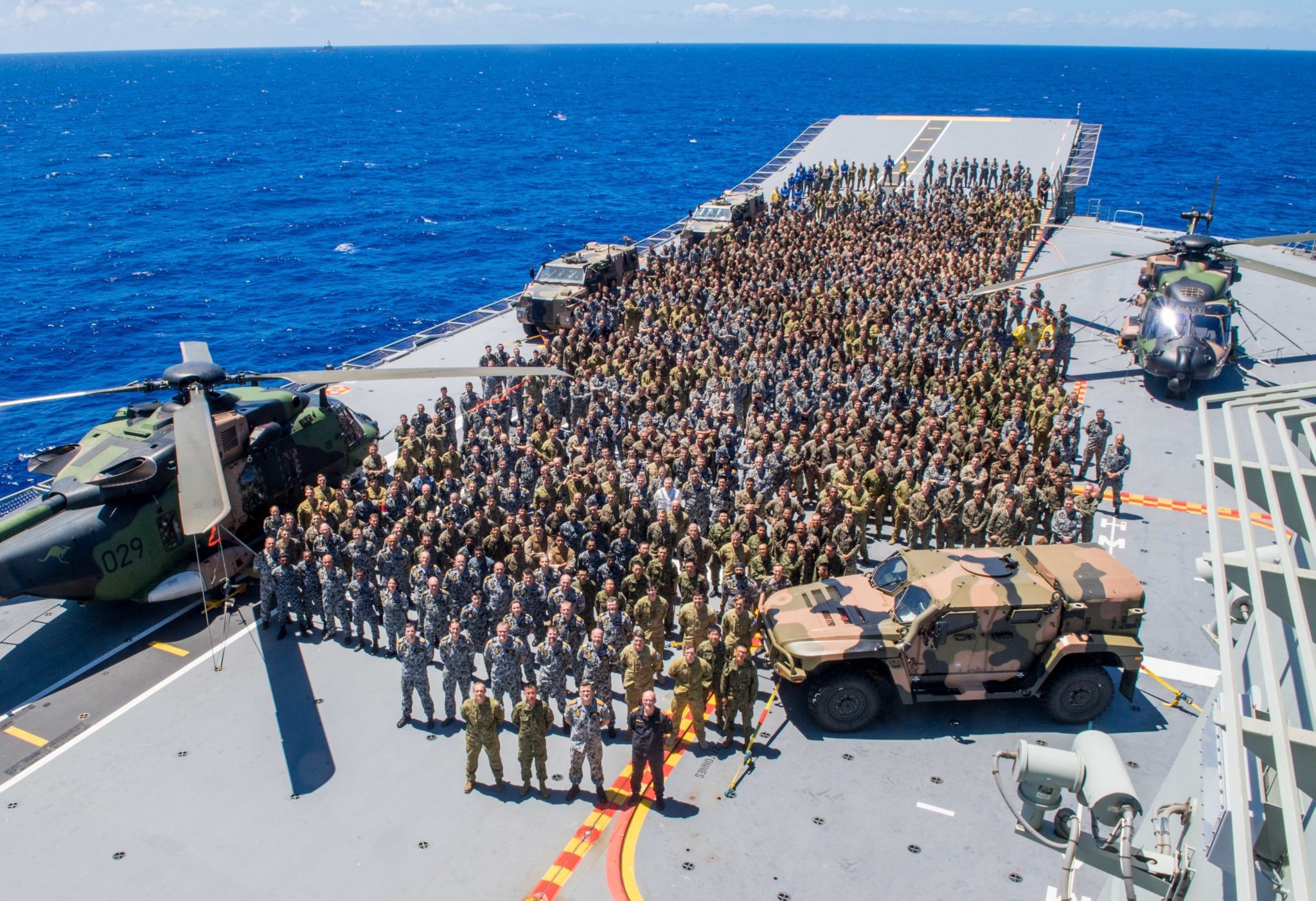The Japanese Coast Guard, which also performs border guard service functions, has started operating unmanned aerial vehicles (UAVs) to patrol waters near the country, Japanese broadcaster NHK reported on Wednesday.
The MQ-9B SeaGuardian UAV took off on Wednesday afternoon from the Maritime Self-Defense Force’s Hachinohe air base in Aomori Prefecture in northeastern Japan, the report said, adding that the aircraft is controlled from the ground by an operator.
The UAV is equipped with highly sensitive cameras capable of observing ships from an altitude of 3,000 meters (9,843 feet) even at night using infrared radiation as well as other detection devices that allow the aircraft to avoid collisions.
In addition, the drone is equipped with radars and devices with artificial intelligence functions. The UAV will transmit footage for analysis in real-time, according to the report.
The SeaGuardian will be used for large-scale maritime surveillance and reconnaissance, including search and rescue operations, disaster response, and strike functions, in particular anti-submarine, the report said, adding that its acquisition cost 4 billion yen ($27 million).
The SeaGuardian is 11.7 meters (36 feet) in length and has a wingspan of 24 meters. The UAV is capable of flying for 24 hours, which will allow the drone to circle the entire perimeter of Japan’s exclusive economic zone, according to the report.
Its management will reportedly be entrusted to specialists, while the maritime security service itself will take over monitoring and information analysis, the report said.
The maritime security service intends to increase the number of UAVs, and to this end, it wants to boost the budget for the 2023 fiscal year (from April 1, 2023) by 8.6 billion yen, the report added.
Meanwhile, Japanese Prime Minister Fumio Kishida and his Australian counterpart Anthony Albanese may announce the signing of a new declaration on cooperation between the two countries in the field of security amid China’s growing military power, Japanese news agency Kyodo reported citing sources.

PACIFIC OCEAN (July 25, 2018) Military members from the Royal Australian Navy, Australian army, U.S. Marines, Sri Lanka navy marines, Royal Malaysian Army, His Majesty’s Armed Forces of Brunei, Japan Ground Self-Defense Force, and New Zealand army gather for a group photo on the flight deck of the landing helicopter dock ship HMAS Adelaide (L01) during Rim of the Pacific (RIMPAC) exercise, July 25, 2018. Twenty-five nations, 46 ships, five submarines, about 200 aircraft and 25,000 personnel are participating in RIMPAC from June 27 to Aug. 2 in and around the Hawaiian Islands and Southern California. The world’s largest international maritime exercise, RIMPAC provides a unique training opportunity while fostering and sustaining cooperative relationships among participants critical to ensuring the safety of sea lanes and security of the world’s oceans. RIMPAC 2018 is the 26th exercise in the series that began in 1971. (U.S. Navy photo by Mass Communication Specialist 2nd Class Kelsey J. Hockenberger/Released)
Kishida will hold talks with Albanese on October 22 in the Australian city of Perth, the news agency reported, adding that after the meeting, the parties may announce the new agreement. The document will highlight the importance of a “free and open Indo-Pacific.” Other details regarding the content of the declaration are not specified.
According to the news agency, the new declaration on security cooperation should replace the document signed in 2007 by then-Japanese Prime Minister Shinzo Abe and Australian Prime Minister John Howard.
The security pact provided for a significant strengthening of ties between the two countries in the field of defense, in particular, through joint training of Japanese and Australian military personnel in emergency situations and during peacekeeping operations. It also boosted the cooperation between the parties in the fight against terrorism and in the field of intelligence.
Top officials from Japan and Australia are also expected to discuss energy cooperation, in particular, gas supplies since Australia is one of the key exporters of gas for Japan, the report added.
In May, Kishida and Albanese had already discussed the declaration in light of China’s increasing presence in the region over the past 15 years, the news agency reported.
- Via Sputnik News Agency
- Follow EurAsian Times on Google News




